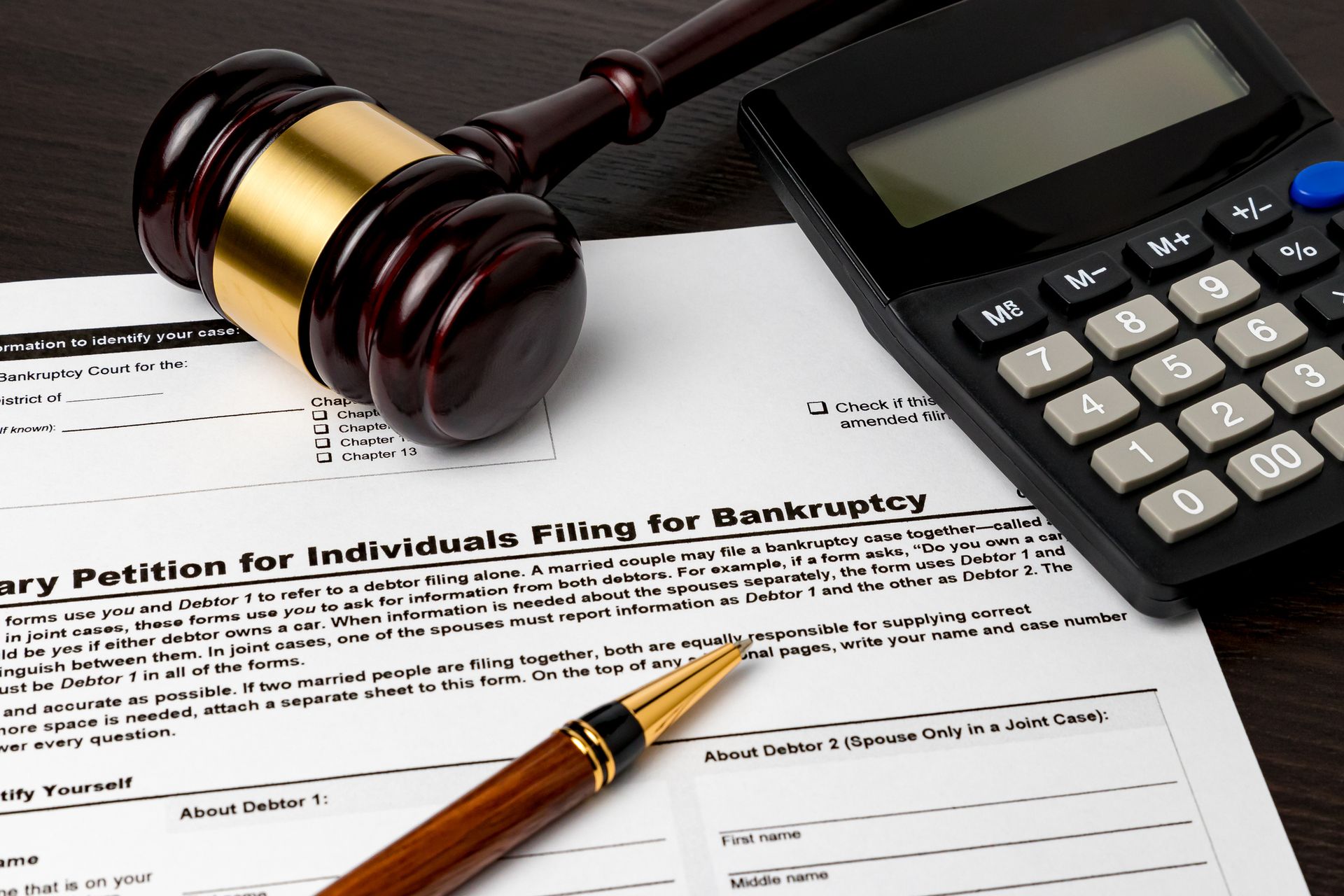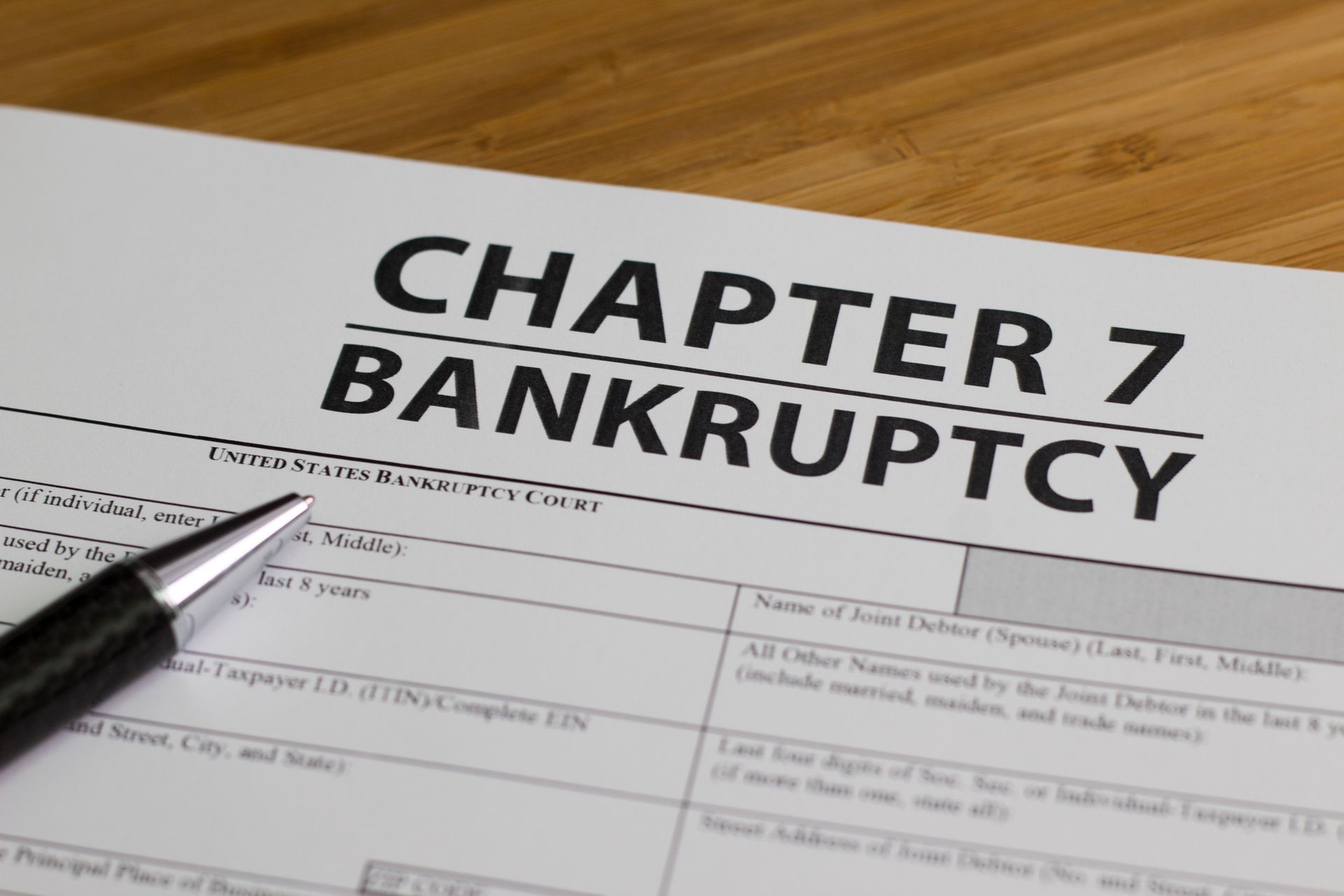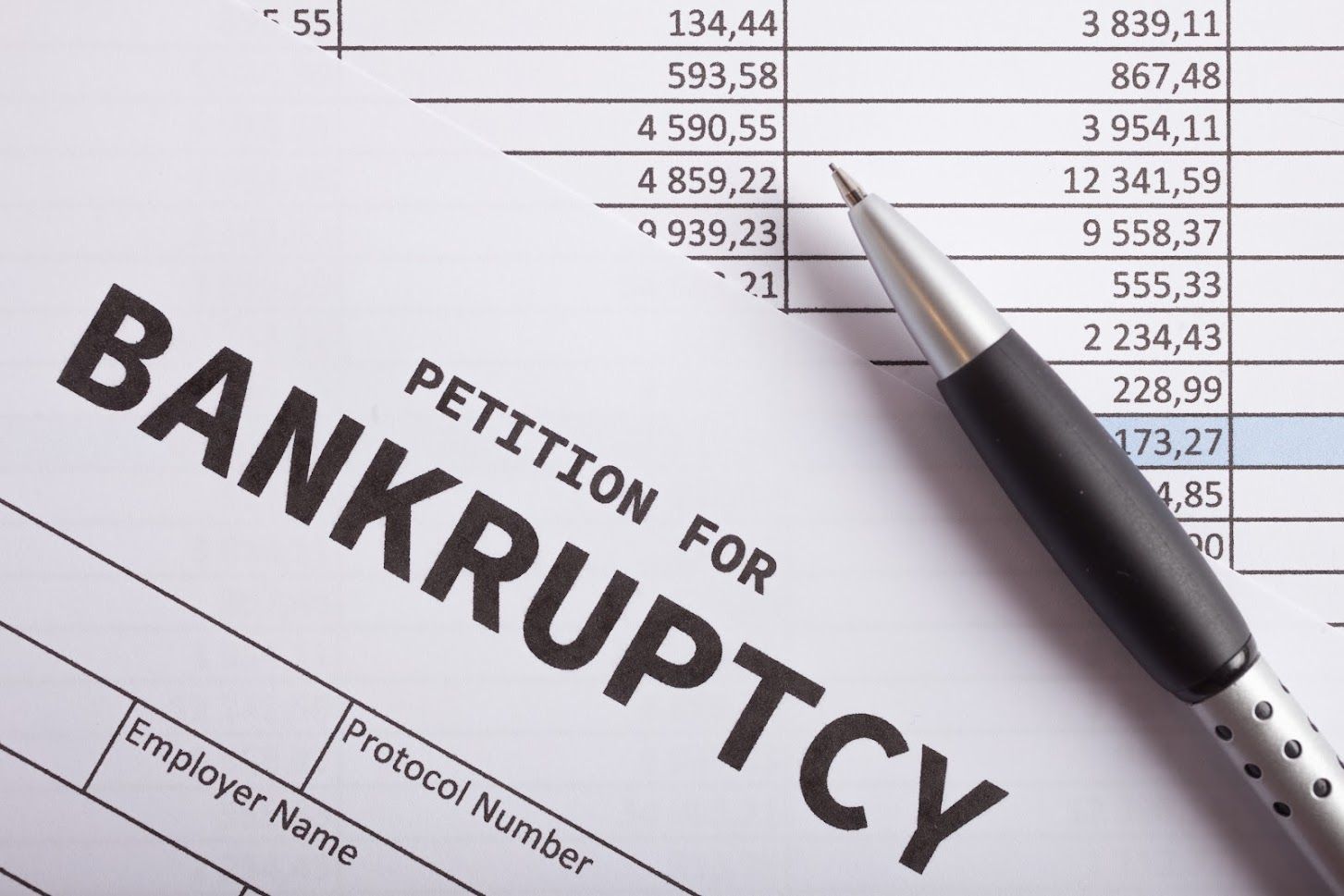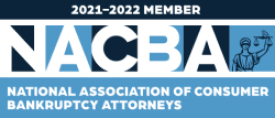5 Differences Between Chapter 7 Bankruptcy and Chapter 13 Bankruptcy

Bankruptcy is a complex legal process that offers individuals and businesses a chance to resolve overwhelming debt. However, not all bankruptcy filings are the same For those in Indianapolis, IN, understanding the differences between Chapter 7 bankruptcy and Chapter 13 is critical to making informed decisions about financial recovery.
We Outline 5 Differences in Chapter 7 Bankruptcy:
1. Eligibility Requirements for Chapter 7 Bankruptcy
Chapter 7, often referred to as "liquidation bankruptcy," requires individuals to pass a means test. This test evaluates income levels to ensure the applicant qualifies for debt discharge. In contrast, Chapter 13 does not have strict income limits but is designed for individuals with a steady income who can repay debts over time.
To qualify for
Chapter 7 your income must generally fall below the median income for a household of your size in your state. If your income exceeds the threshold, additional calculations will determine whether you meet the eligibility criteria. Chapter 13, on the other hand, is available to individuals with regular income, regardless of how high or low it may be, if their secured and unsecured debts fall within specific limits.
2. Debt Discharge vs. Repayment Plans
A fundamental difference lies in the approach to resolving debt. Chapter 7 bankruptcy in Indianapolis, IN, focuses on discharging unsecured debts, such as credit card balances and medical bills, through asset liquidation. On the other hand, Chapter 13 involves creating a repayment plan spanning three to five years, allowing debtors to retain their assets while repaying creditors.
Here’s a breakdown of the types of debts typically addressed under each chapter:
Chapter 7:
- Credit card debt
- Medical bills
- Personal loans
- Certain tax debts (under specific conditions)
Chapter 13:
- Mortgage arrears
- Car loans
- Tax debts
- Child support or alimony arrears
The structured nature of Chapter 13 allows filers to catch up on secured debts, such as mortgage payments, while continuing to meet ongoing obligations.
3. Asset Retention Under Chapter 13
One of the most significant advantages of Chapter 13 bankruptcy in Indianapolis, IN, is the ability to keep valuable assets, such as homes or vehicles, by adhering to the repayment schedule. Chapter 7 may require the sale of non-exempt assets to satisfy creditors, which could result in the loss of property. For individuals with substantial equity in their homes or other valuable possessions, Chapter 13 provides a way to protect these assets from liquidation.
4. Timeline for Resolution
Chapter 7 typically concludes within four to six months, offering a quicker path to financial relief. Conversely, Chapter 13 extends over several years, requiring consistent payments throughout the repayment period. The shorter timeline of Chapter 7 makes it an attractive option for those seeking immediate debt relief, but it may not be suitable for everyone due to its stricter eligibility requirements.
5. Impact on Credit Score
Both forms of bankruptcy will affect your credit score, but Chapter 13 may have a less severe impact due to the structured repayment plan. Chapter 7 remains on credit reports for ten years, while Chapter 13 stays for seven years. While neither option is ideal for maintaining a pristine credit score, Chapter 13 demonstrates a willingness to repay debts, which can positively influence future lenders.
Count In Our Experience With Chapter 7 Bankruptcy
Understanding the nuances between Chapter 7 bankruptcy in Indianapolis, IN, and Chapter 13 is essential for making the right choice. If you’re considering bankruptcy, McManus & Associates is here to guide you through the process. Contact us today to schedule a consultation and explore your options.











